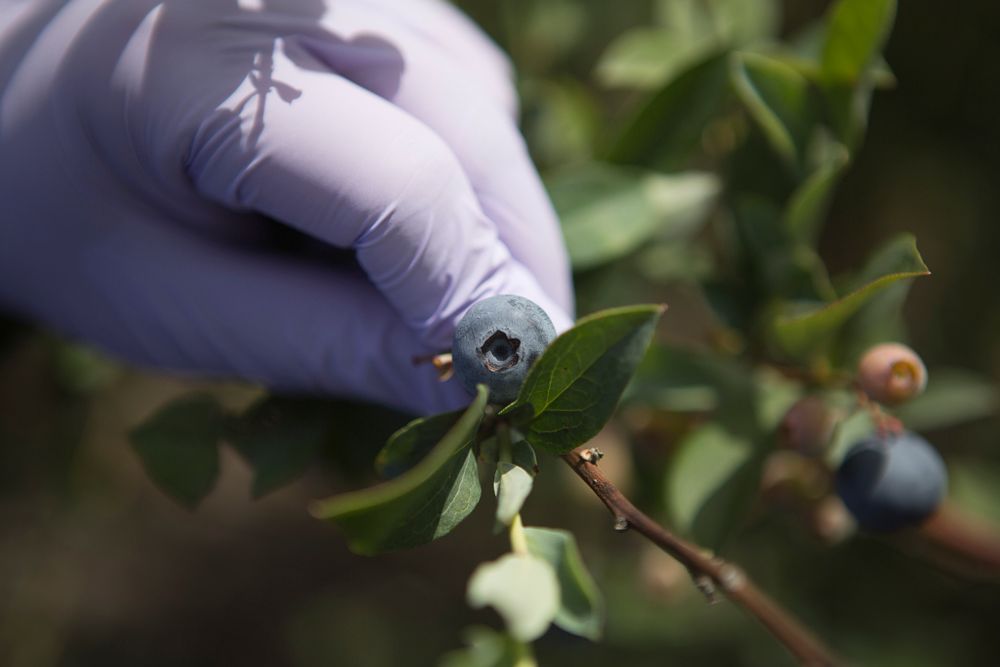 CAES News
CAES News
Best Sandwich Tomatoes
Whether nestled between bacon and lettuce, perched atop a smear of cottage cheese, or simply sprinkled with salt and fresh-cracked pepper, there’s nothing quite like a homegrown sandwich tomato. Long before the first sandwich can be assembled, and even before gardeners begin planting, setting up trellises and fighting pests, home gardeners must select which tomato types to add to their planting list. To make the choice easier, we asked experts to rank their top sandwich tomato cultivars based on what they’d most likely recommend to home gardeners across the state.








